9 Best on-camera field monitors for still photography reviewed
We do a lot of still photography here at stop motion hero, and it’s really not a luxury to have a good on-camera field monitor, even when doing still photography as we do for stop motion animation.
Whether you’re putting together a kit capable of producing top-notch indie movies, or you want a reliable way to view the images you capture for your personal projects on a larger screen, one of these camera monitors is ideal for your project and it’s really handy for field monitoring as well when framing your photos.
Not only do they give you a bigger screen, but also lots of features like focus peaking, zebra lines and waveforms to help you dial in the best settings for your still photography.
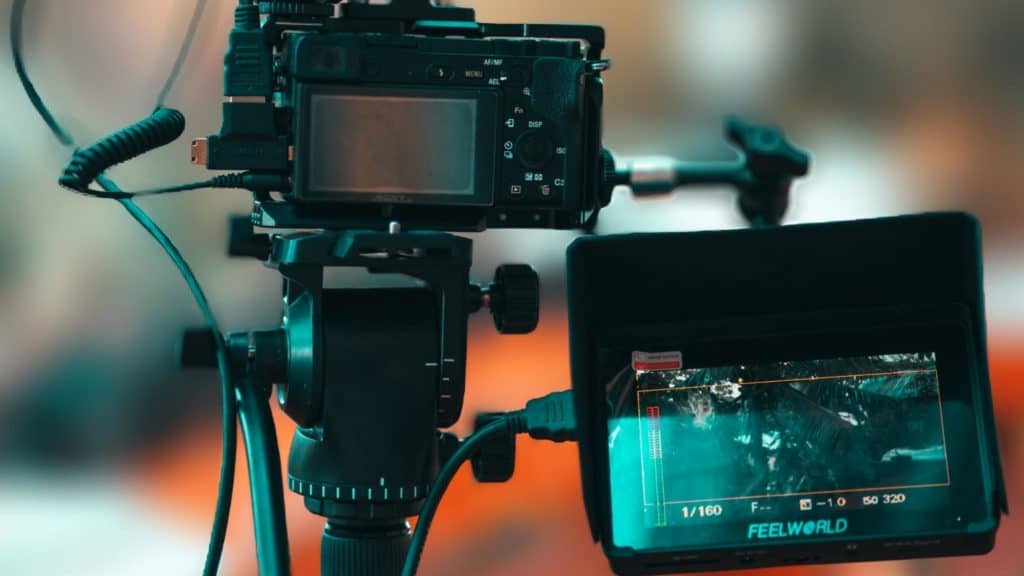
In this post we'll cover:
Best on camera field monitors for still photography reviewed
Let’s look at the top list of monitors you can buy right now:
All-round strong price/quality: Sony CLM-V55 5-inch
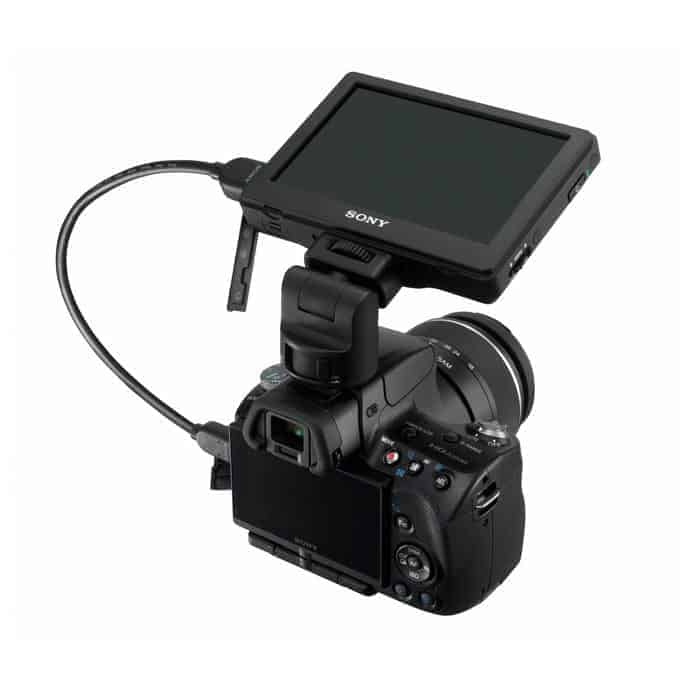
One of the neatest things about the Sony CLM-V55 5-inch is that it comes with a set of interchangeable sun shades that reduce screen glare when shooting in bright outdoor environments.
However, its support only tilts in two directions and it does not rotate.
B&H Photo/ Video has made a good explanation about it:
Most important features
- Accurate focus peaking
- Dual aspect ratios
- Has no HDMI output
Check prices and availability here
Best Budget Option: Lilliput A7S 7-inch
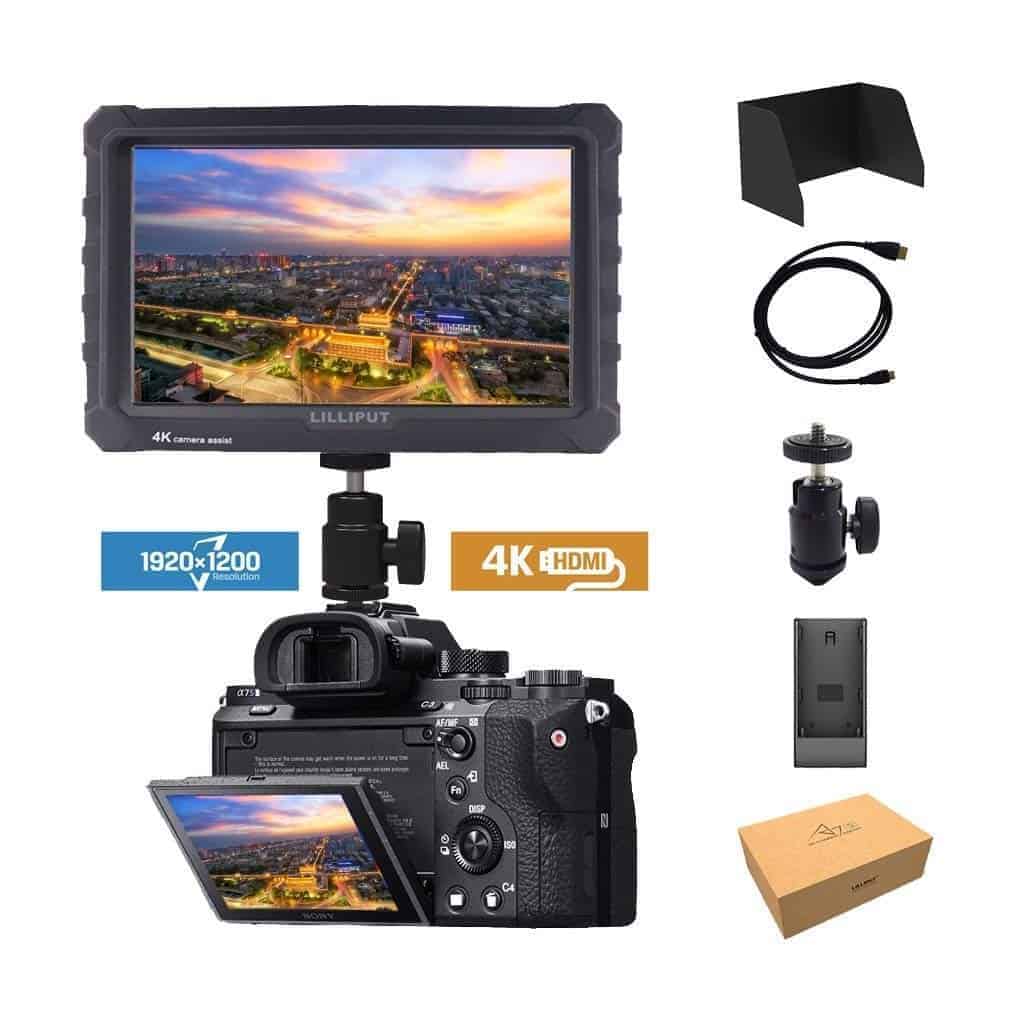
Getting started with your own stop motion storyboards
Subscribe to our newsletter and get your free download with three storyboards. Get started with bringing your stories alive!
We'll only use your email address for our newsletter and respect your privacy
The Lilliput A7S 7-inch takes its name from one of the most popular mirrorless bodies on the market, but it’s not an endorsement from Sony.
It offers a high degree of robustness, thanks to the rubberized red housing, which helps protect it from bumps and drops. Lightweight addition to a rig.
Most important features
- Comes with a ball holder
- No sdi connection
Portable and quality: SmallHD Focus 5 IPS
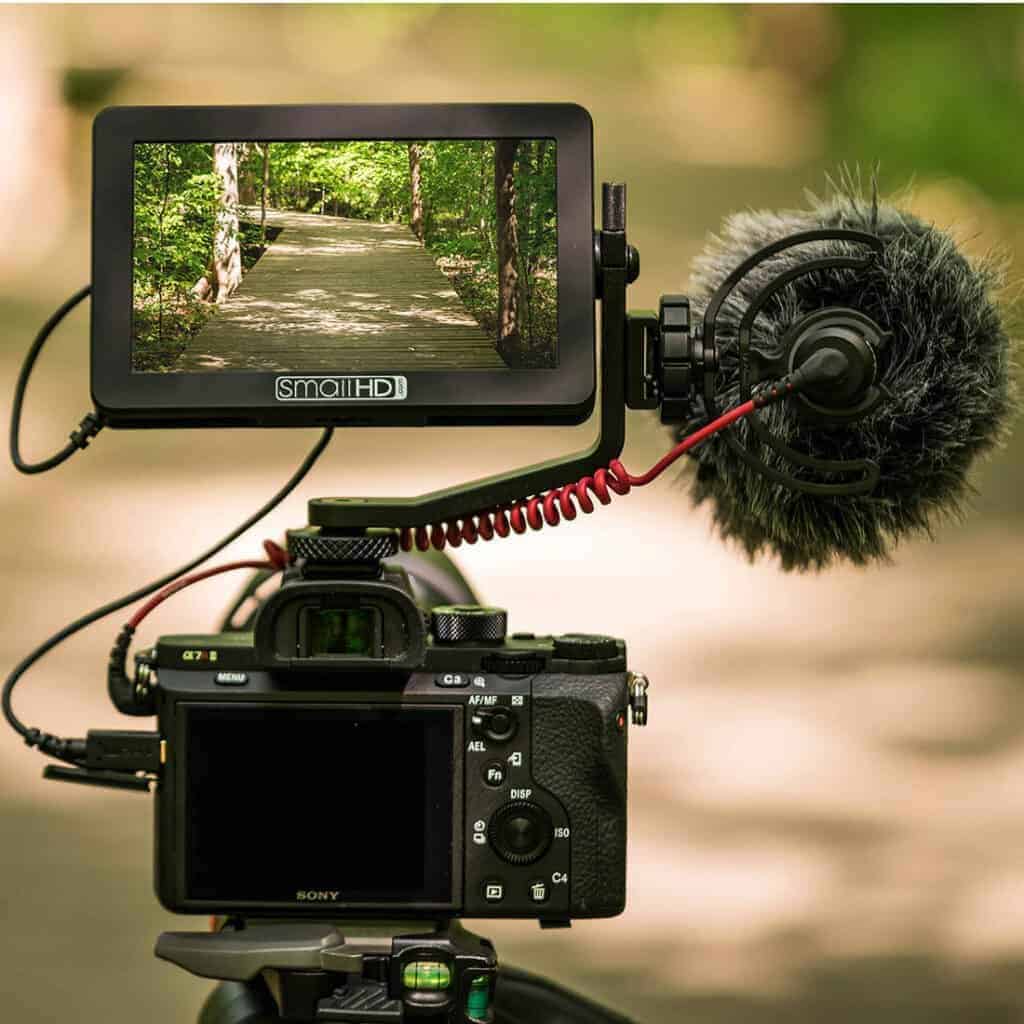
With a separate adapter cable, the SmallHD Focus 5 IPS can share its battery power with your DSLR, making this an ideal choice for anyone just starting out assembling a collection of equipment, as it will save you the spare batteries and chargers you need.
Most important features
- Includes 12-inch articulating arm
- waveform display
- The resolution is a bit disappointing
Cheapest option: Neewer F100 4K
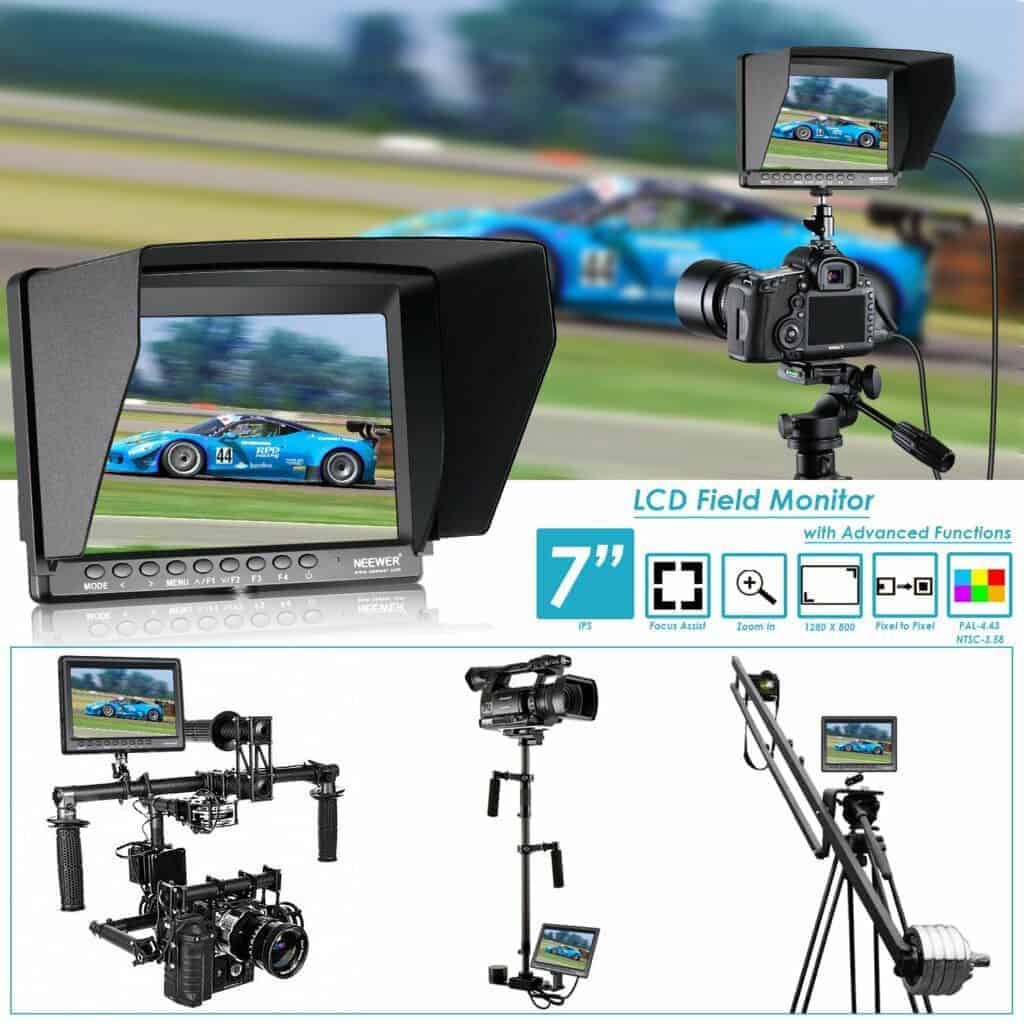
The Neewer F100 4K runs on Sony F-series batteries that are not only inexpensive and easy to obtain, but are also used by a number of the company’s other products, allowing you to power multiple devices from a single power supply.
Most important features
- Helpful focus assist
- Comes with a sunshade
- No touchscreen capabilities
Check prices and availability here
SmallHD On-Camera Field Monitor 702
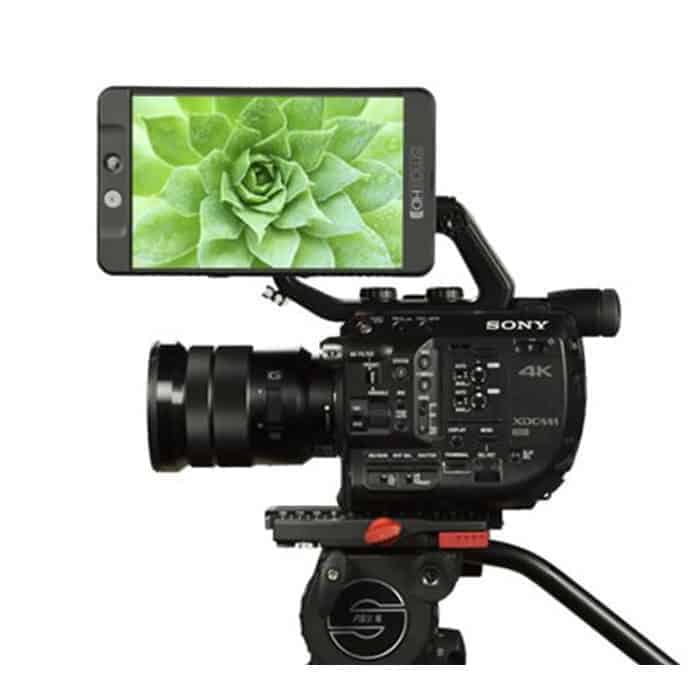
The SmallHD On-Camera 702 is aimed at photographers who like to keep the footprint of their rig as small as possible, making it the go-to option for guerrilla filmmakers who don’t want to rely on their DSLR’s tiny rear display.
Most important features
- 1080p resolution
- Good lookup table support
- No physical power input
Atomos Shogun Flame 7-Inch
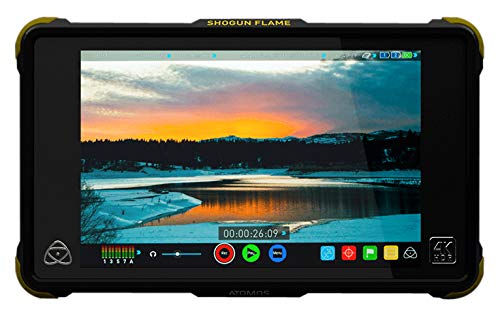
The Atomos Shogun Flame 7-inch is loaded with helpful features that help you get the right exposure and framing while on location, such as zebra patterns to highlight overexposed areas of the photo, or focus peaking to let you know if you’re subject in focus or not.
Most important features
- Highly responsive touchscreen
- Great pixel density
- Casing is not super durable
Blackmagic Design Video Assist 4K
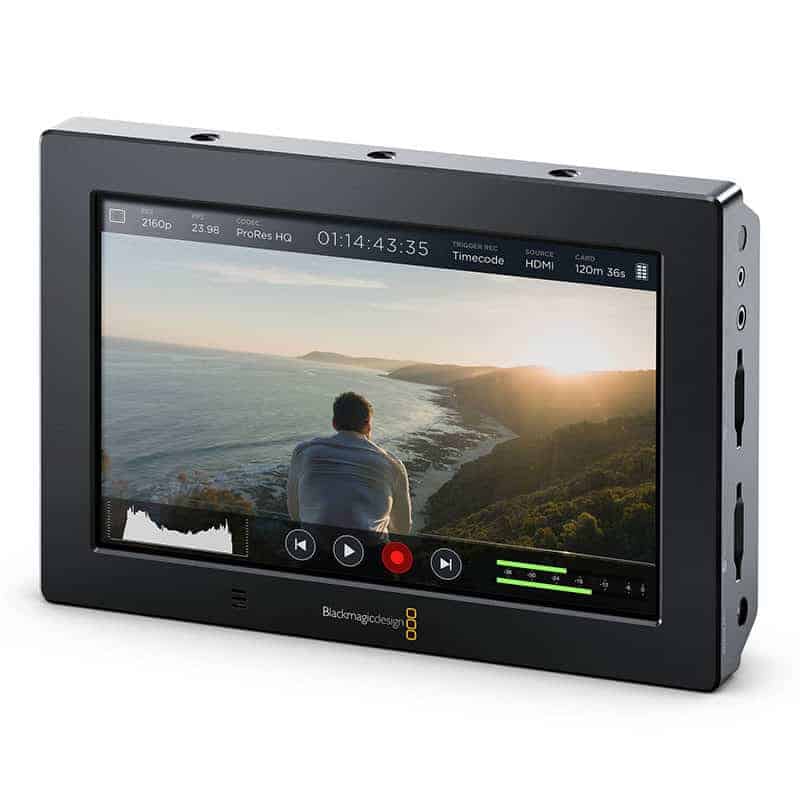
The Blackmagic Design Video Assist 4K offers a very clean image on the seven-inch screen and can record 10-bit ProRes on a pair of SD card slots.
It features six 1/4-20 mounting holes for attaching to your desired rig.
Most important features
- Operates on lp-e6 batteries
- 6g sdi connection
- Every now and then he drops frames
Can you use a field monitor for photography?
Yes, you can use a field monitor for photography. However, you will need to make sure that the monitor has the appropriate resolution and color accuracy for your needs. You may also want to consider using a calibration tool to ensure that your images are being displayed accurately on the monitor.
Do you need a camera monitor for photography?
Yes, a camera monitor is an important piece of equipment for any photographer. It allows you to see what you can’t see through your camera alone, and it can be very helpful in getting the perfect shot for digital uses, especially when framing.
Developments in the on-camera monitor market
While there hasn’t been much movement in this category yet, I have seen some developments that have shaken up my previous recommendations.
For starters, Neewer’s model previously slated for position two was upgraded to work with 4K footage.
That may have been enough to keep it in the top three, but the quality of so many other models, especially the Atmos Ninja Flame that also integrated it, was enough to push it all the way back to the number seven spot.
Two newcomers joined the list, the Blackmagic Design and Lilliput.
Now Blackmagic has made some of the best low-budget production cameras we’ve seen in the last decade, but this is one of their first monitors to successfully target a DIY filmmaker audience.
The Lilliput has much less history, and like the Neewer it is definitely a budget option. The rugged case is a nice touch for left-handed shooters or those who work in a more dangerous environment.
The digital revolution took some time for video to do what it did for stills, but by the early teens of the 21st century, indie filmmakers had embraced the likes of the Canon 5D Mark III and the Arri Alexa and RED’s cinema-quality cameras and were the primary housings on the sets of hit shows such as House Of Cards.
Now that digital video recording has become the standard for all but the most illustrious of filmmakers, the industry has responded with a ton of useful toys to make shooting that much easier.
One of them is the camera monitor. Now Hollywood has long used monitor systems that predate the digital revolution. But today’s monitors are built to siphon a perfect signal from a camera and give anyone who wants to see it a perfect view of the frame.
They boast incredible tools and features, some of which even enable the cameras to exceed the performance they couldn’t achieve without them.
Things to know when choosing a field monitor for still photography
Having had an overview of the important functions of a monitor on the camera, now a more specific explanation of terms that apply to monitors.
HDMI vs SDI vs Component & Composite
- Composite is a standard definition signal only and is still available with some cameras.
- Component video is a better signal transmission system than Composite because the signal is broken into luminance (green) and red and blue. Component signals can be Standard Definition or High Definition.
- HDMI is an uncompressed all-digital audio/video interface for transferring uncompressed video data and compressed or uncompressed digital audio data from an HDMI-compatible source device. HDMI is generally considered a user interface, but it has made its way into the professional world. In general, even when using a good quality cable, an HDMI signal will deteriorate after about 50 meters and become unusable if it runs through your cable without using a signal booster. HDMI is not interchangeable with SDI signals, although converters are available, and some monitors will cross-convert from HDMI to SDI.
- SDI Serial Digital Interface is a professional signal standard. It is generally classified as SD, HD or 3G-SDI depending on the transmission bandwidth it supports. SD refers to Standard-Definition signals, HD-SDI refers to High-Definition signals up to 1080/30p, and 3G-SDI supports 1080/60p SDI signals. With SDI signals, the better the cable, the longer the cable run can be before signal degradation renders the signal useless. Select high-quality cables and you can support 3G-SDI signals up to 390 feet and SD-SDI signals up to more than 2500 feet. SDI signals are not compatible with HDMI signals, although signal converters are available and some monitors will switch from SDI to HDMI
- Cross-Conversion is a process that converts the video signal from one format to another.
- Loop through outputs take the input to the monitor and pass it on unchanged. This is useful if you want to power a monitor and send the signal further to other devices, such as a video village or a director’s monitor.
Touchscreen vs Front Panel Buttons
Touchscreen panels can be very useful, making it easy to interact with your device. Some monitors have touchscreens for menu navigation and selection.
Touchscreens are often found on monitor recorders. Most touchscreens are capacitive and require contact with your skin. This probably won’t be a problem, except in the cold if you’re wearing gloves.
Monitors with front panel buttons are usually larger than their touchscreen counterparts, but the buttons make it easier to interact with them while wearing gloves.
RF receiver
Usually found built into monitors designed for First Person Viewing (FPV). RF receivers are often used with remote cameras, such as those mounted on a drone or quadcopter.
These monitors are more often than not standard definition, although some screens may use a higher resolution. The radio frequency (RF) signal is analog as opposed to digital, as most analog monitors tolerate signal loss better than digital monitors.
LUT or not
LUT stands for Look-up Table and allows you to change the way a monitor will display the video. Commonly found on a monitor/recorder, this feature allows you to perform image and color space conversion when displaying flat or logistic low-contrast gamma video without affecting the video capture or signal.
Some monitors allow you to choose not to apply a LUT, the same LUT, or a different LUT to the monitor’s output, which can be useful when recording downstream or sending the video to another monitor.
Viewing angle
Viewing angle can become very important as the camera operator can shift his/her position relative to the monitor during the shot.
Thanks to a wide viewing angle, the driver has a clear, easy-to-see image as his position shifts.
A narrow field of view may cause the image on the monitor to shift in color / contrast when you change your position relative to the monitor, making viewing the images / operating the camera difficult.
In the world of LCD panel technologies, IPS panels offer the best viewing angles, with angles up to 178 degrees.
Contrast ratio and brightness
Monitors with high contrast ratios and brightness tend to give a more pleasing display. They also become much easier to see on the outside, where you normally see reflections from the sun or the sky.
However, even high contrast/brightness monitors can benefit from using a lens hood or similar.
I hope you enjoyed reading this article and that it clearly identified some steps in choosing an on-camera monitor.
Hi, I'm Kim, a mom and a stop-motion enthusiast with a background in media creation and web development. I've got a huge passion for drawing and animation, and now I'm diving headfirst into the stop-motion world. With my blog, I'm sharing my learnings with you guys.
